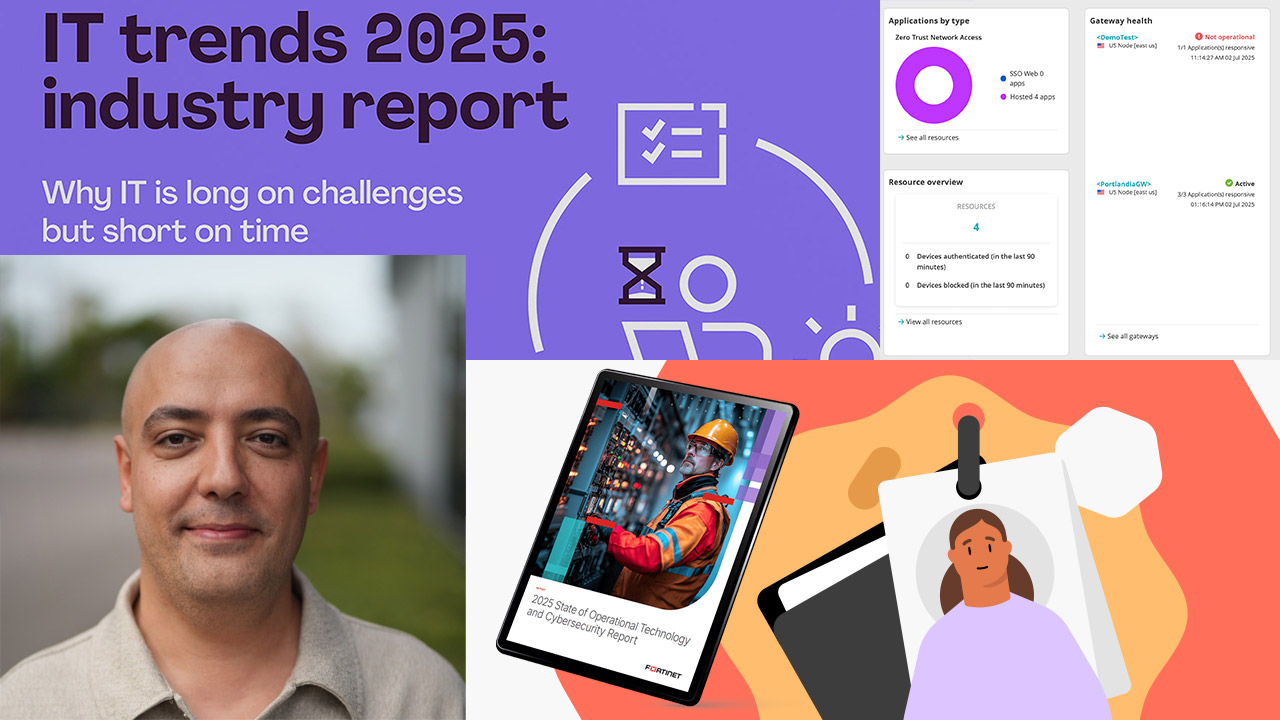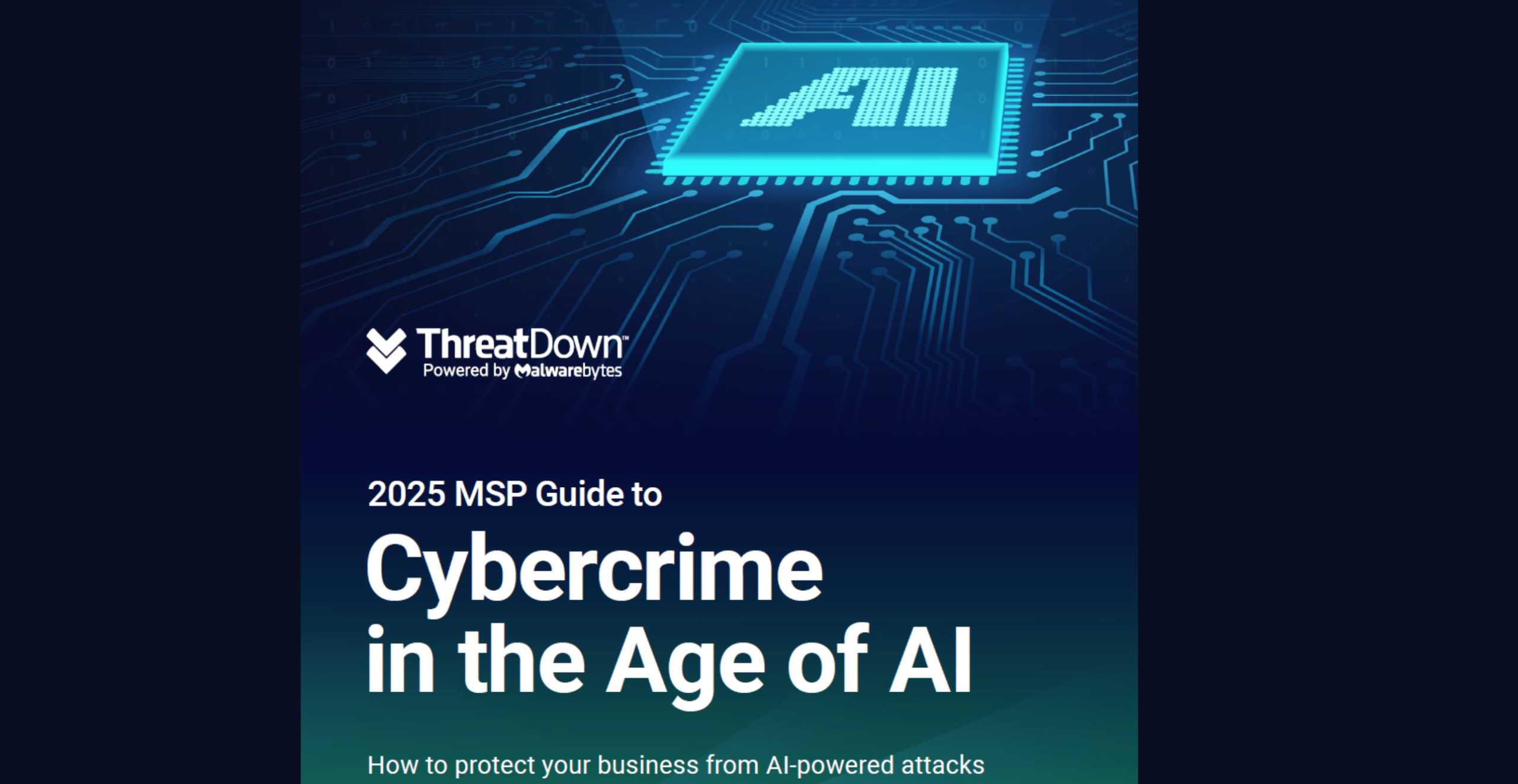Splunk Inc., first in delivering “aha” moments from machine data, announced the results of new research in a report titled “Damage Control—The Impact of Critical IT Incidents”, from analyst firm Quocirca. Findings show that the average organization suffers five critical IT incidents a month, with each one costing the IT department on average USD $36,326 and a further $105,302 to the rest of the business. This is forcing IT departments to take resources away from the development of new services to maintain existing infrastructure.
“It’s clear that organizations are finding it challenging to maintain end-to-end visibility with the growing volume of data being generated by their IT systems and infrastructure,” said Bob Tarzey, analyst, Quocirca. “This is holding IT teams back from being able to drill down and pinpoint the root cause of issues that are causing frequent and recurring problems. This often results in reputational damage and poor customer experience, impacting a company’s bottom line. Organizations need to be able to collect and analyze data across all their IT infrastructure more effectively to reduce the time spent in damage control mode and increase time spent on pro-active digital innovation.”
Other findings from the report include:
- Critical IT incidents are negatively impacting businesses.†70% say a past critical incident has caused reputational damage to their organization, underlining the importance of timely detection to minimize impact.
- The volume of IT incidents is hampering the ability to improve IT delivery.†96% of organizations are failing to learn from previous incidents. 13.3% of all incidents are repeats caused by an inability to properly determine the root cause of issues.
- Incident detection and investigation is taking too long.†80% admitted they could improve the mean-time-to-detect incidents. Incidents on average take 5.81 hours to repair.
- Organizations are failing to effectively monitor their entire IT estate.†80% have operational blind spots, particularly across next-generation technology stacks, hindering their ability to respond to IT incidents quickly. Only 2.5% have full visibility across all relevant infrastructure.
“Today’s IT environments are more complex than ever, spanning data centers, cloud services and on-the-edge devices such as mobile and IoT. Because systems are often siloed, IT can struggle to collect and correlate information, making it difficult to monitor infrastructure and rapidly troubleshoot problems,” said Rick Fitz, senior vice president of IT Markets, Splunk. “Splunk software enables customers to gain real-time, end-to-end visibility across the entire IT environment. By collecting and correlating machine data across all technology tiers and devices as well as delivering it in the form of real-time analytics, customers can quickly troubleshoot issues and outages, monitor end-to-end service levels and detect anomalies. Reducing costs from IT incidents allow IT leaders to focus their funding and resources on developing the new digital services essential for remaining competitive.”
Methodology
Quocirca surveyed 1,000 companies in the US, UK, France, Germany, Sweden, Netherlands, Australia, Japan, and Singapore.
The full report commissioned by Splunk can be downloaded†here.
†











